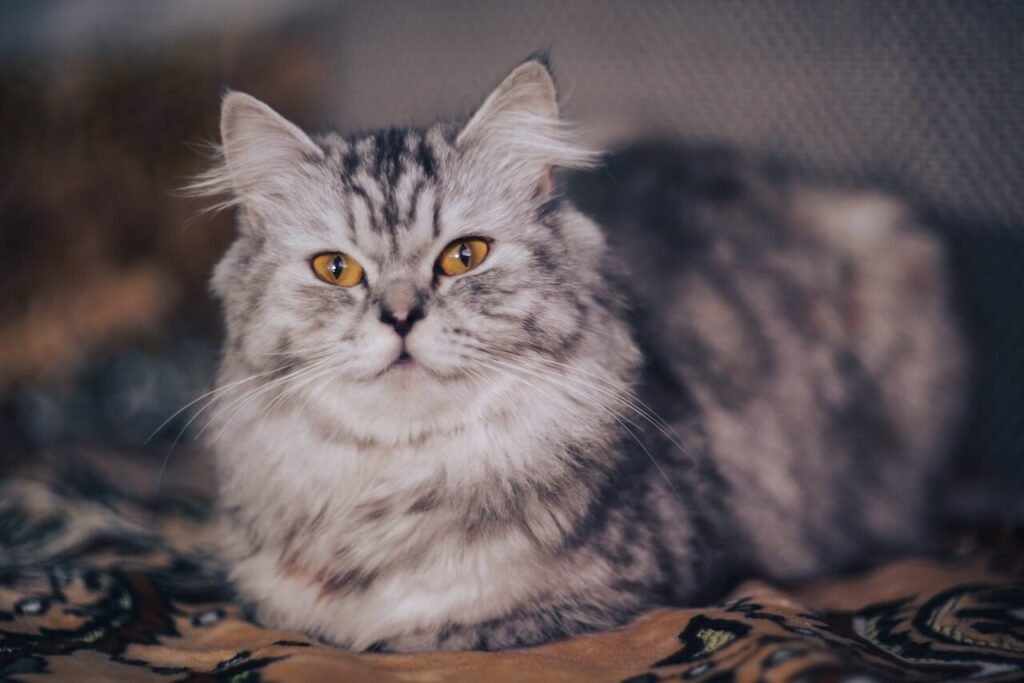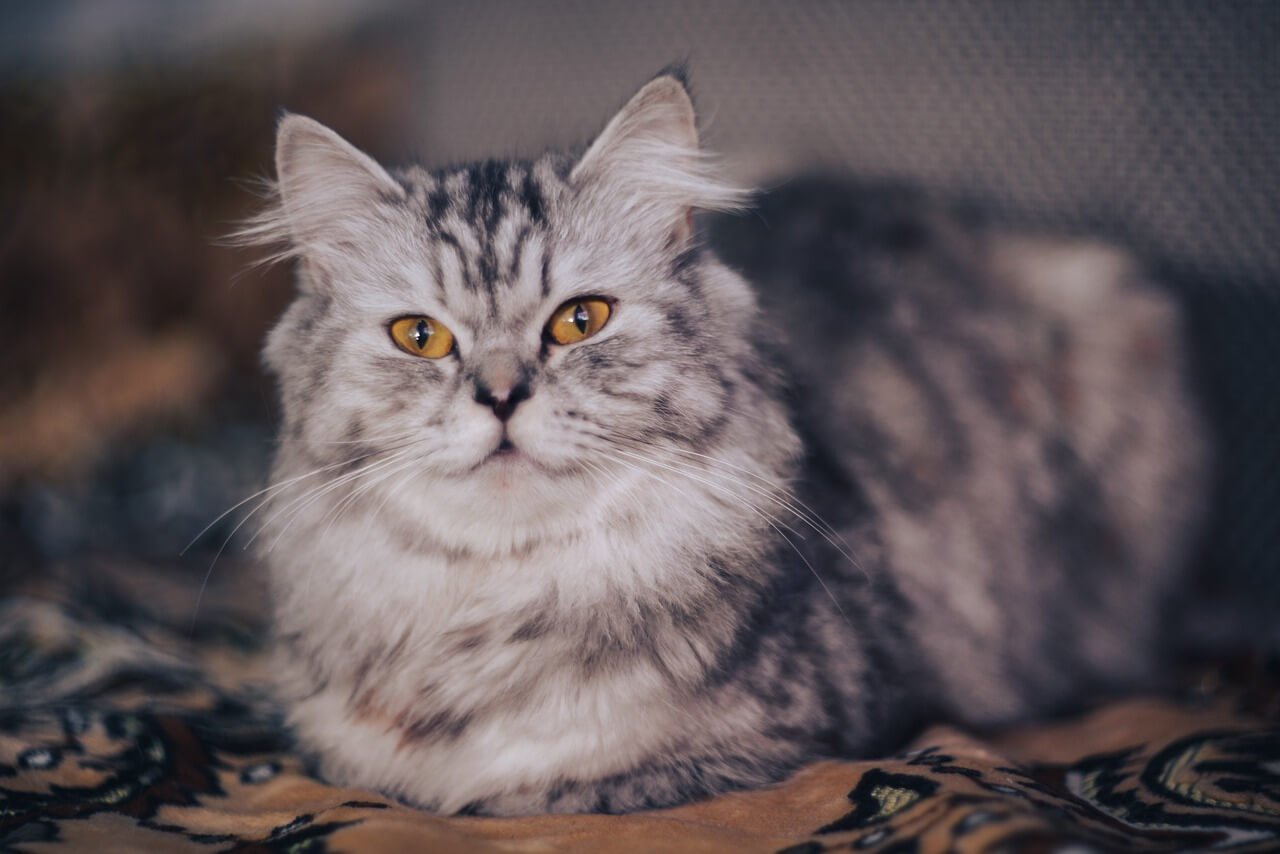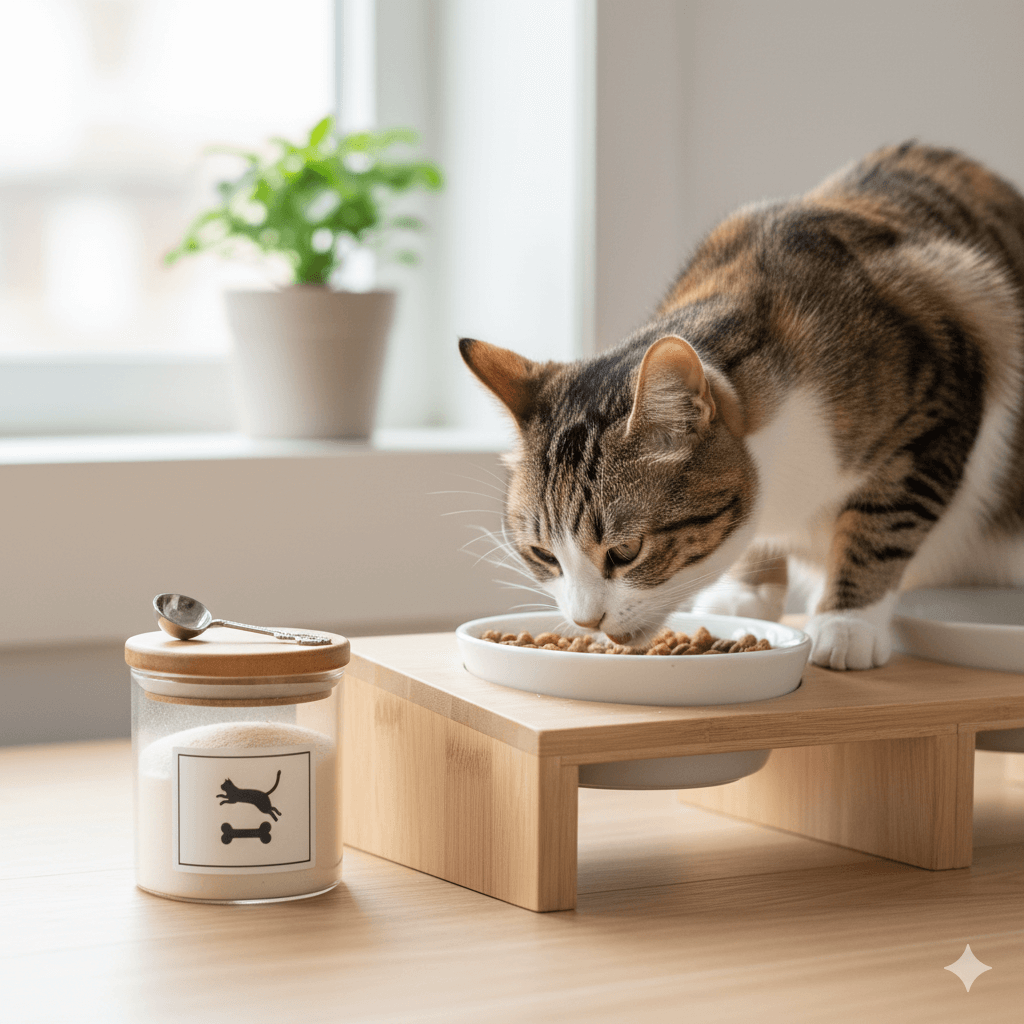Persian Cat Health Issues: What Every Owner Should Know
Persian cats are renowned for their luxurious coats, expressive eyes, and gentle personalities, making them one of the most beloved cat breeds worldwide. However, beneath their regal appearance lies a breed prone to certain health challenges. As a Persian cat owner, understanding these potential issues is crucial to ensuring your feline companion lives a long, happy, and healthy life. From genetic predispositions to grooming-related concerns, this guide will explore common Persian cat health issues, prevention strategies, and tips for proactive care. By staying informed, you can provide the best possible support for your furry friend.
Understanding the Most Prevalent Health Challenges
Persian cats are susceptible to a variety of health conditions due to their unique physical traits and genetic makeup. While not every Persian will experience these issues, being aware of them allows you to monitor your cat’s well-being closely. Here are some of the most common health concerns:
Brachycephalic Syndrome :
Their flat faces can lead to breathing difficulties, snoring, and respiratory infections.Polycystic Kidney Disease (PKD) :
A hereditary condition causing cysts to form on the kidneys, potentially leading to kidney failure.Eye Problems :
Persian cats are prone to conditions like entropion (inward-turning eyelids) and excessive tearing due to their facial structure.Dental Issues :
Misaligned teeth and overcrowding in their small jaws can result in dental disease.Skin Fold Infections :
The folds around their face can trap dirt and moisture, increasing the risk of infections.
These health issues highlight the importance of regular veterinary check-ups and attentive care. Early detection and treatment can significantly improve your cat’s quality of life.
Proactive Measures to Keep Your Persian Healthy
Prevention is key to managing Persian cat health issues effectively. With proper care and attention, many of these conditions can be minimized or avoided altogether. Here are some preventative steps every Persian owner should take:
Regular Vet Visits :
Schedule annual or biannual check-ups to catch potential problems early.Genetic Testing :
Test for hereditary conditions like PKD before breeding or adopting a Persian kitten.Daily Grooming :
Brush their coat daily to prevent matting and reduce hairballs.Facial Hygiene :
Clean the folds around their eyes and nose regularly to prevent infections.Balanced Diet :
Feed high-quality food to support their immune system and overall health.
By incorporating these practices into your routine, you can help your Persian cat thrive despite their predispositions. Consistent care is the foundation of a healthy, happy pet.
Check this guide 👉The Enchanting World of the Grey Persian Cat: Best 7 Tips!
Check this guide 👉The Enchanting World of the Blue Persian Cat: Best 7 Tips!

Common Health Issues | Preventative Measures |
|---|---|
Brachycephalic Syndrome | Monitor breathing; avoid stress and heat |
Polycystic Kidney Disease (PKD) | Conduct genetic testing; ensure hydration |
Eye Problems | Clean eyes daily; watch for redness |
Dental Issues | Brush teeth regularly; provide dental treats |
Skin Fold Infections | Wipe facial folds with a damp cloth daily |
Breathing Easy: Tips for Supporting Respiratory Health
Due to their brachycephalic (flat-faced) anatomy, Persian cats often struggle with respiratory issues. These challenges can range from mild discomfort to severe breathing difficulties. Here’s how to manage and mitigate these concerns:
Maintain a Cool Environment :
Avoid exposing your cat to extreme heat, as it can exacerbate breathing problems.Reduce Stress :
Create a calm, predictable environment to minimize panting and labored breathing.Monitor for Symptoms :
Watch for signs like wheezing, coughing, or open-mouthed breathing and consult a vet if noticed.Limit Physical Exertion :
Avoid activities that cause overexertion, which can strain their respiratory system.Consider Surgery :
In severe cases, corrective surgery may be recommended to improve airflow.
By taking these steps, you can help your Persian breathe more comfortably and reduce the risk of complications. Always prioritize their comfort and well-being.
Special Attention for Eyes and Skin: Keeping Your Persian Comfortable
The distinctive facial structure of Persian cats requires extra care when it comes to their eyes and skin. Neglecting these areas can lead to irritation, infections, or discomfort. Here’s how to keep them clean and healthy:
Wipe Away Tear Stains :
Use a soft, damp cloth to gently remove tear stains under their eyes daily.Check for Redness or Swelling :
Inspect their eyes regularly for signs of infection or irritation.Trim Hair Around the Eyes :
Keep the fur around their eyes trimmed to prevent irritation and improve visibility.Clean Facial Folds :
Use a pet-safe cleanser to wipe away dirt and moisture trapped in their facial folds.Moisturize Dry Skin :
Apply veterinarian-recommended moisturizers to prevent dryness and flakiness.
Proper eye and skin care not only enhances your Persian’s appearance but also prevents painful infections. A little effort goes a long way in keeping them comfortable.
A Healthy Smile: Tips for Preventing Dental Issues
Persian cats are prone to dental problems due to their small jaws and crowded teeth. Without proper care, these issues can lead to pain, infections, and even systemic health problems. Here’s how to maintain your Persian’s dental hygiene effectively:
Brush Their Teeth Regularly :
Use a pet-safe toothbrush and toothpaste to clean their teeth at least 2-3 times a week.Provide Dental Chews :
Offer vet-approved dental treats that help reduce plaque and tartar buildup.Schedule Professional Cleanings :
Arrange for annual dental cleanings with your veterinarian to address hidden issues.Monitor for Bad Breath :
Persistent bad breath can indicate underlying dental problems that need attention.Avoid Hard Objects :
Discourage chewing on hard toys or objects that could damage their teeth.
By prioritizing dental care, you can prevent painful conditions and ensure your Persian maintains a healthy smile for years to come.
Protecting Your Cat’s Kidneys: Prevention and Early Detection
Polycystic kidney disease (PKD) is a major concern for Persian cats, but even those without PKD can develop kidney issues as they age. Supporting kidney health through diet and lifestyle is essential for longevity. Here’s what you can do:
Ensure Proper Hydration :
Provide fresh water daily and consider a cat water fountain to encourage drinking.Feed a Kidney-Friendly Diet :
Choose high-quality wet food with balanced nutrients to support kidney function.Monitor Urination Patterns :
Changes in frequency, volume, or color of urine may signal kidney trouble.Limit Sodium Intake :
Avoid foods high in salt, which can strain the kidneys over time.Schedule Routine Blood Tests :
Regular screenings can detect early signs of kidney disease before symptoms appear.
Proactive measures like these can help preserve your Persian’s kidney health and improve their overall quality of life.
Keeping Your Persian Fit: Strategies to Combat Obesity
Persians have a tendency to gain weight due to their laid-back nature and love for lounging. Obesity can exacerbate other health issues, so maintaining a healthy weight is vital. Here’s how to keep your Persian active and trim:
Measure Food Portions :
Avoid free-feeding by measuring meals to control calorie intake.Encourage Playtime :
Use interactive toys to engage your cat in short bursts of exercise each day.Choose Low-Calorie Treats :
Opt for healthy, low-calorie snacks instead of fattening options.Create Vertical Space :
Install shelves or climbing structures to encourage movement around the house.Weigh Your Cat Regularly :
Monitor their weight monthly to catch any significant changes early.
By managing your Persian’s diet and activity levels, you can prevent obesity-related complications and keep them feeling their best. A healthy Persian is a happy Persian!
Frequently Asked Questions About Persian Cat Health Issues
Are all Persian cats prone to polycystic kidney disease?
No, but many Persians carry the gene. Genetic testing can determine if your cat is at risk.
How often should I groom my Persian cat?
Daily brushing is recommended to prevent matting and reduce shedding.
Can Persian cats live with brachycephalic syndrome?
Yes, with proper care and monitoring, they can lead comfortable lives despite the condition.
Why does my Persian cat have tear stains?
Their flat faces and shallow eye sockets make tear drainage less efficient, leading to staining.
What should I do if my Persian has difficulty breathing?
Consult a veterinarian immediately, as breathing issues can indicate a serious problem.
Final Thoughts: Prioritizing Your Persian’s Health
Caring for a Persian cat requires dedication, patience, and a proactive approach to their unique health needs. While they may face certain challenges due to their genetics and physical traits, these issues can often be managed with proper care and attention. By staying informed about Persian cat health issues and implementing preventative measures, you can ensure your feline companion enjoys a fulfilling and joyful life. Remember, your love and commitment are the most important factors in keeping your Persian happy and healthy. Together, you can overcome any obstacles and create countless cherished memories.
Understanding Bone Supplement for Cats: Best 7 Expert Tips! – Safe, vet-approved guidance for strong feline bones & balanced nutrition.
Bone Supplement for Dogs: Best 7 Expert Tips! – Expert guide to calcium, collagen & bone health for every life stage.
Understanding Can Cats Get Sunburn: Best 7 Expert Tips! – Protect your feline from UV damage with vet-backed prevention strategies.
How to Train a Seizure Alert Dog: Best 7 Expert Tips! – Learn expert-backed steps to nurture natural instincts into reliable, life-saving seizure alerts.





